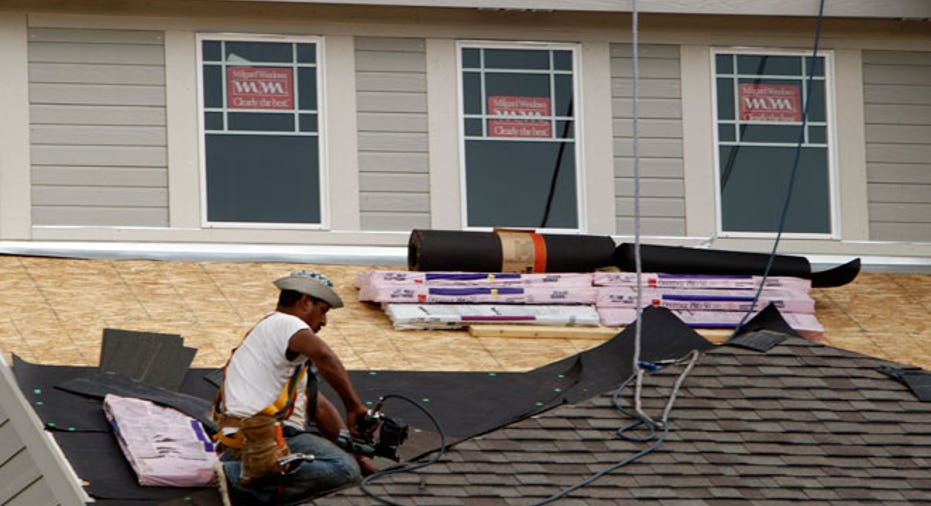6 Low-Cost, High-Impact Projects for Your Home

Home improvement projects don’t always require large budgets. Many homeowners assume they need major construction to make a difference, but minor alterations have the potential to transform cosmetically-challenged interiors.
Desire an easy, low-cost face-lift for your home? Check out these six do-it-yourself projects that won’t break the bank.
1. Paint Anything and Everything
While it may seem minor, painting can drastically change the appearance of a room. Neutral colors are the go-to for staging homes, but fun patterns add aesthetic interest for everyday living.
“I think that my favorite and obviously my most successful DIY was my decision to paint horizontal stripes around my walls,” said Kathy Wall, owner of the home boutique Vignettes.
Paint doesn’t have to be limited to walls, either. Try adding fresh shades to overlooked accent areas.
“I thought that painting the baseboards and doors would be more aesthetically pleasing, but I didn’t realize how much lighter and more open the rooms would seem with the lighter accent paint,” said DIY writer Alea Milham.
2. Rearrange Existing Pieces
While you may need a few extra hands, moving furniture to optimize a layout costs nothing.
“When the layout of a room makes sense, it makes you want to be in that room,” said Sylvie Liv. “I changed the furniture setup to be more welcoming — to allow traffic easier.”
3. Repurpose Furnishings
When a new furniture arrangement isn’t enough, consider second-hand goods to update a room.
“Two of my favorite places to find things to decorate and furnish our home are thrift stores and yard sales,” said Lindsay Eidahl, an upcycling specialist. “You get the biggest bang for your buck at these places.”
Temporary additions sometimes serve as inspiration for permanent solutions and can be found in peculiar places.
“I brought in a garden bench to make more seating along one side of the [dining] table, and I loved it so much, we made a built-in bench for that room,” said decor enthusiast Kathy Woodward. “Try non-conventional uses for design.”
4. Install Functional Accessories
Try incorporating unusual decorations to serve as organizational or decluttering tools at home.
“In our previous house I stuck an old shutter on the wall hoping to help organize a few things. I quickly realized how useful it truly was when it became our permanent catch-all area for keys, invitations and outgoing mail,” said thrifter Holly Marsh.
Reflective materials and surfaces increase natural light and add glamour to interiors.
“I have hung mirrors in several rooms as decorative accents. But in doing so, the mirrors have reflected light and created a visual trick on the eye to make the space appear larger,” said Anna-Kristin Yarbrough at Interior Canvas.
Think outside of the box: Even the slightest additions can help keep rooms orderly.
“I recently repurposed an old wooden cigar box from a thrift store to corral remotes and other small items on our family room coffee table,” said lifestyle writer Heather Kilgariff.
5. Improve Lighting
Converting to eco-friendly bulbs saves on energy costs down the road, and can be completed one room at a time to adhere to your budget.
“You can upgrade the lighting in a single room or even your entire home, and the savings you will see right off the bat will make the whole project a big financial win for you,” said Chris Stern, co-founder of PURE Energies.
6. Increase Storage
Renovating closets from top to bottom is expensive. While built-ins are preferred, consider temporary solutions for additional clothing storage.
“We reoriented the hanging bar and an inexpensive shelving unit in it. It has served us so well that I’ve put the plans to redo the closet on hold,” said Cecily Henrie of Ceci Bean.
Even with a large budget, economical projects can supplement loftier home improvements. Don’t overlook the potential of small, yet bold changes to interior design.
Read More from Zillow: